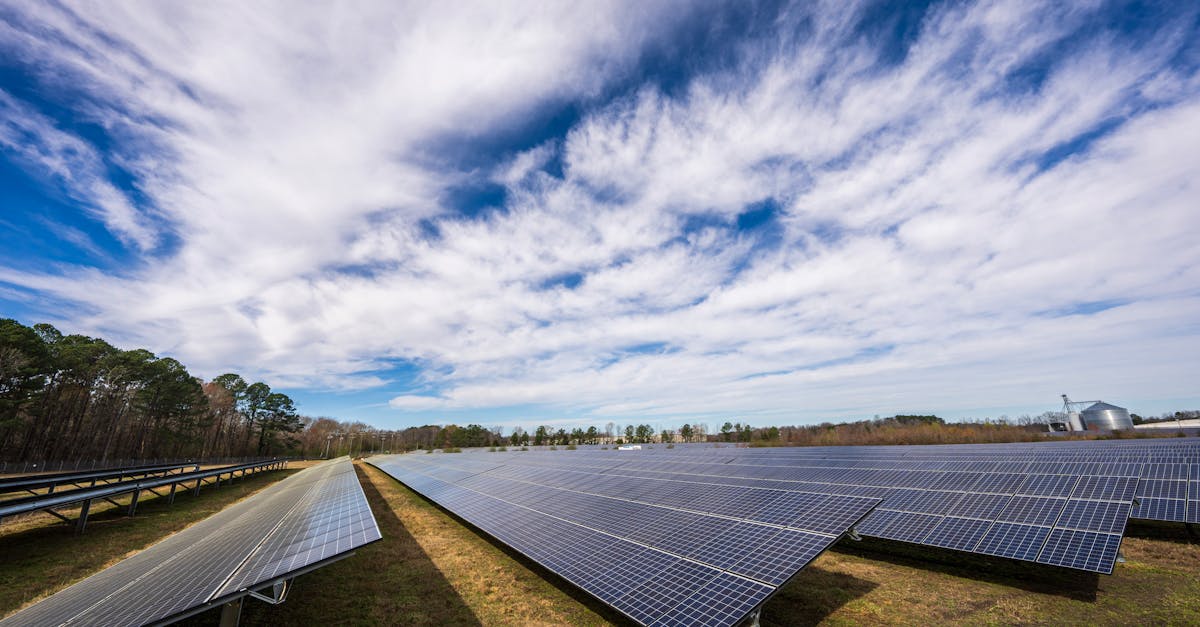Heat Wave in Mexico 2025 Tips and Prevention
Introduction
In 2025, Mexico faces the increasing challenge of intense heat waves, posing a threat to public health and safety. The rising global temperatures have exacerbated the frequency and severity of these events, making it crucial for residents to engage with preventative measures. Heat waves can lead to serious health issues, including heatstroke, dehydration, and exacerbation of chronic conditions. Vulnerable populations, such as the elderly and young children, are particularly at risk during extreme heat events. Addressing these challenges requires both individual awareness and community preparedness. Understanding prevention strategies is vital in safeguarding against the impacts of future heat waves.
Advertisement
Understanding Heat Waves
A heat wave is defined as an extended period of abnormally high temperatures, often accompanied by high humidity levels. In recent years, Mexico has witnessed a surge in the occurrence of intense heat waves due to climate change. These events are most common during the summer months, with the northern and central regions being the most affected. Prolonged exposure to heat can strain public health systems and lead to increased mortality rates. Understanding the causes and patterns of heat waves enables better preparedness and response measures. Meteorological data and climate models predict an increase in both frequency and intensity of such events by 2025.
Advertisement
Health Impacts and Risks
Heat waves pose significant health risks, especially for vulnerable populations such as the elderly, children, and those with pre-existing medical conditions. Heat-related illnesses, including heat exhaustion and heatstroke, are common during these periods. Symptoms may include dizziness, headaches, nausea, and confusion. Chronic illnesses like cardiovascular and respiratory conditions can be aggravated due to high temperatures. Additionally, the risk of dehydration and heat rashes rises. Heat stress can also impact mental health, leading to increased irritability and anxiety. Awareness and early detection of symptoms are crucial in mitigating health risks during a heat wave.
Advertisement
Community Support and Resources
Community support infrastructure plays a key role in heat wave mitigation. Public health advisories, educational campaigns, and the availability of cooling centers are essential resources for the community. Local governments and NGOs work together to provide information and assistance to those in need during excessive heat alerts. Emergency services, such as ambulance and healthcare facilities, are on high alert to address heat-related incidents promptly. Community outreach programs focus on educating the public about staying hydrated, recognizing early symptoms, and utilizing available resources. Social connections and neighborhood networks often serve as crucial support systems in times of extreme weather.
Advertisement
Preventive Measures at Home
Keeping the home environment cool is a primary concern during heat waves. Installing fans, air conditioning units, and reflective window films are effective ways to reduce indoor temperatures. Keeping blinds closed during peak sunlight hours and ensuring proper ventilation by opening windows in the evening can further cool living spaces. Conserving water is essential, but adequate hydration should not be compromised. Drinking plenty of water and setting up water stations throughout the house can aid in this endeavor. Moreover, limiting physical activity and wearing light, breathable clothing can minimize heat exposure inside the home.
Advertisement
Personal Safety Techniques
Adopting personal safety techniques is necessary for reducing the adverse effects of heat waves. Prioritizing hydration is of utmost importance; consuming water regularly throughout the day is advised. Shifting outdoor activities to early morning or evening hours can help avoid peak temperature times. Wearing sunblock and protective clothing, such as wide-brimmed hats and sunglasses, is also critical. Having a heat emergency plan, such as knowing the nearest cooling center locations or having emergency contact numbers on hand, can increase personal safety. Family members should frequently check on vulnerable individuals to ensure their well-being.
Advertisement
Utilizing Technological Solutions
Technology offers several solutions for combating the effects of heat waves. Weather apps and alert systems provide timely information on impending heat conditions, helping individuals remain vigilant. Smart home systems that regulate temperatures can be an asset in keeping indoor environments habitable. Additionally, online platforms facilitate access to educational materials and community resources that assist in proactive preparation for heat waves. Social media also plays a role in disseminating important updates and safety tips to a broad audience, enhancing community awareness and readiness.
Advertisement
The Role of Authorities
Government bodies and local authorities have a pivotal role in heat wave preparedness and response. Implementing policies that address climate change and its impact on temperatures is fundamental to reducing the occurrence and severity of heat waves. Infrastructure investments, such as improving the cooling capacities of public spaces and emergency shelters, can enhance community protection. Authorities should ensure efficient communication channels for warnings and instructions to the public. Collaborations with scientific organizations and research institutes can help devise innovative strategies to adapt to rising temperatures. Enforcing regulations that prioritize public health during extreme weather events is essential.
Advertisement
Building Resilient Communities
Creating resilient communities involves collective efforts from all societal sectors in mitigating the impacts of heat waves. Education and awareness campaigns empower individuals with the knowledge to protect themselves and others. Community resilience is bolstered by fostering a culture of preparedness and mutual support. Engaging citizens in climate action and sustainable practices contributes to long-term solutions against rising temperatures. Urban planning that incorporates green spaces and innovative cooling designs can provide natural heat relief. With continued focus on resilience, communities can better adapt to and withstand the challenges posed by future heat waves.
Advertisement
Summary and Conclusion
The anticipated heat waves in Mexico by 2025 present pressing challenges that require comprehensive strategies for prevention and preparedness. With record temperatures becoming the norm, prioritizing community, governmental, and individual actions is crucial. Innovative technologies, effective communication, and policy implementation are at the forefront of mitigation efforts. Understanding the risks and adopting protective measures can significantly lessen the impact of heat waves on public health and society. Addressing today’s heat-related challenges will set the foundation for a safer and more resilient future across Mexico.
Advertisement








